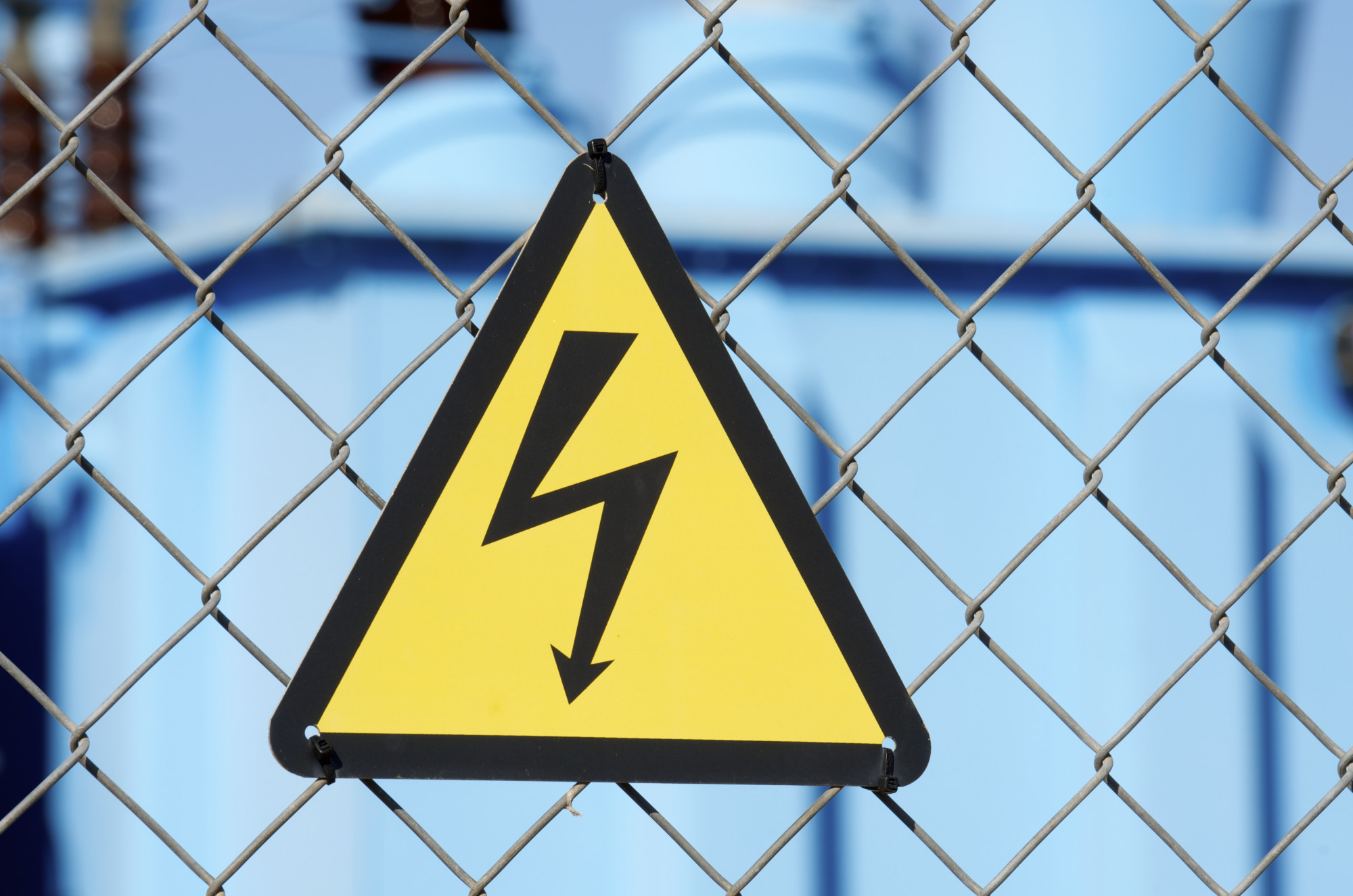What if we told you that there was a safety hazard in your very own business’s electrical system? Worse, what if we told you the hazard had been there for some time, and you may not even know about it?
It’s a scary notion, we know, but it’s all too real. Your business could have knob and tube wiring and not even know it, leaving you and your employees at hazard every day.
We want you to know the dangers because we care about your employees and your business. We want you to be prepared to act as soon as possible.
We have all the information you need to know if your business is at risk so read on to find out what you need to do to make your business safe.
What is Knob and Tube Wiring
Knob and tube wiring is a type of electrical wiring that is commonly used in homes and businesses. It is characterized by ceramic knobs that insulate wires from metal support brackets, and ceramic tubes that route wires through joists and studs.
Although knob and tube wiring is not currently used in new construction, they can still be found in older homes. While knob and tube wiring is generally safe, there are some safety concerns that you should be aware of if your business has this type of wiring.
How to Tell if Your Business Has Knob and Tube Wiring
If you’re not sure whether your business has tube and knob wiring, look for exposed wires running along walls and ceilings. If you find exposed wiring, contact a professional electrician to assess the situation and make any necessary repairs.
The Hazards of Knob and Tube Wiring
If your home has knob and tube wiring, there are a few safety concerns to be aware of.
Fire Hazards
The biggest fire hazard with this type of wiring is that it is not grounded. The insulation around the wires can deteriorate over time, exposing the wires and increasing the risk of fire.
Shock Hazards
The insulation on the wires can deteriorate over time, exposing the live wires. This can create a shock hazard for employees if they come into contact with the wires.
Classes to Take Into Account
Although residential wiring is only appropriate for homes and other structures used as residences, there are more intricate wiring solutions available for bigger projects. Commercial wiring places a special emphasis on intricate systems and high voltage outputs.
Malls, medical facilities, or even power plants may be examples of this type of property. There are three different kinds to take into account, and they all mainly concentrate on the power supply:
Conduit Wiring
Another name for type I wiring. This includes burying metal or PVC pipes underground and passing electrical cables through them. If installed and maintained correctly, this sort of wiring has the main advantage of being exceedingly sturdy and long-lasting.
Trunking Wiring
Another name for type II wiring. In this process, electrical wires are routed along a building’s exterior, frequently through metal or PVC trunking that is affixed to walls or ceilings.
Type 3 Wiring
The functioning of this option with type III wire is fairly comparable to class two wiring, however, it has a higher voltage. Additionally, it is more power constrained.
The Dangers of DIYing Knob and Tube Wiring Repairs
There is a great potential for injury when performing wiring DIY. The risk includes things like falling ladders, potentially fatal electric shocks, and using sharp objects.
Repairing it yourself is not advisable in this type of situation. If you are not a qualified electrician, you should not attempt to:
- repair or replace any of the wiring yourself
- work without the proper safety equipment
- work without turning off the power
Even if you are a qualified electrician, you should not work on knob and tube wiring without the proper safety equipment, including gloves, safety glasses, and a face mask.
You should always turn off the power to the area where you will be working before starting any repair or replacement work.
If you need help with these, don’t hesitate to contact licensed electricians like Buell Electric which specializes in electrical wiring for commercial buildings.
Health Hazards of Knob and Tube Wiring
Knob and tube wiring is considered to be a fire hazard, and there have been reports of electrical shocks from using this type of wiring. It may not be up to current safety codes, which could put your business at risk for liability if someone is injured.
Some health hazards have been associated with knob and tube wiring, including cancer and birth defects.
If you have knob and tube wiring in your business, it is important to be aware of these safety concerns and take steps to protect yourself and your employees.
Mitigating the Hazards of Knob and Tube Wiring
Some wiring upgrades can help mitigate the risk of knob and tube wiring.
Replace the Knob and Tube Wiring
Replace it with modern electrical wiring. This will help to reduce the risk of electrical shorts and fire hazards.
Install Circuit Breakers
This will help to protect your electrical system from damage if there is an electrical short.
Wiring Inspection
You should have your knob and tube wiring inspected regularly by a qualified electrician to ensure it is in good condition.
The Importance of Hiring a Licensed Electrician
If your business has knob and tube wiring, it’s important to be aware of the safety concerns mentioned above. While knob and tube wiring is not illegal, it’s important to ensure that it’s up to code.
Given the risks, electrical work should not be approached carelessly. Overloaded circuits can damage your entire electrical system, live wires can shock you, and faulty wires can start fires.
Consumer circuits need to undergo rigorous examinations to make sure everything is running securely due to the numerous risks associated with electrical wiring. Requiring passing inspection? Use the skills of a certified electrician to complete your wiring!
Did you find this article helpful? Check out the rest of our blogs!











